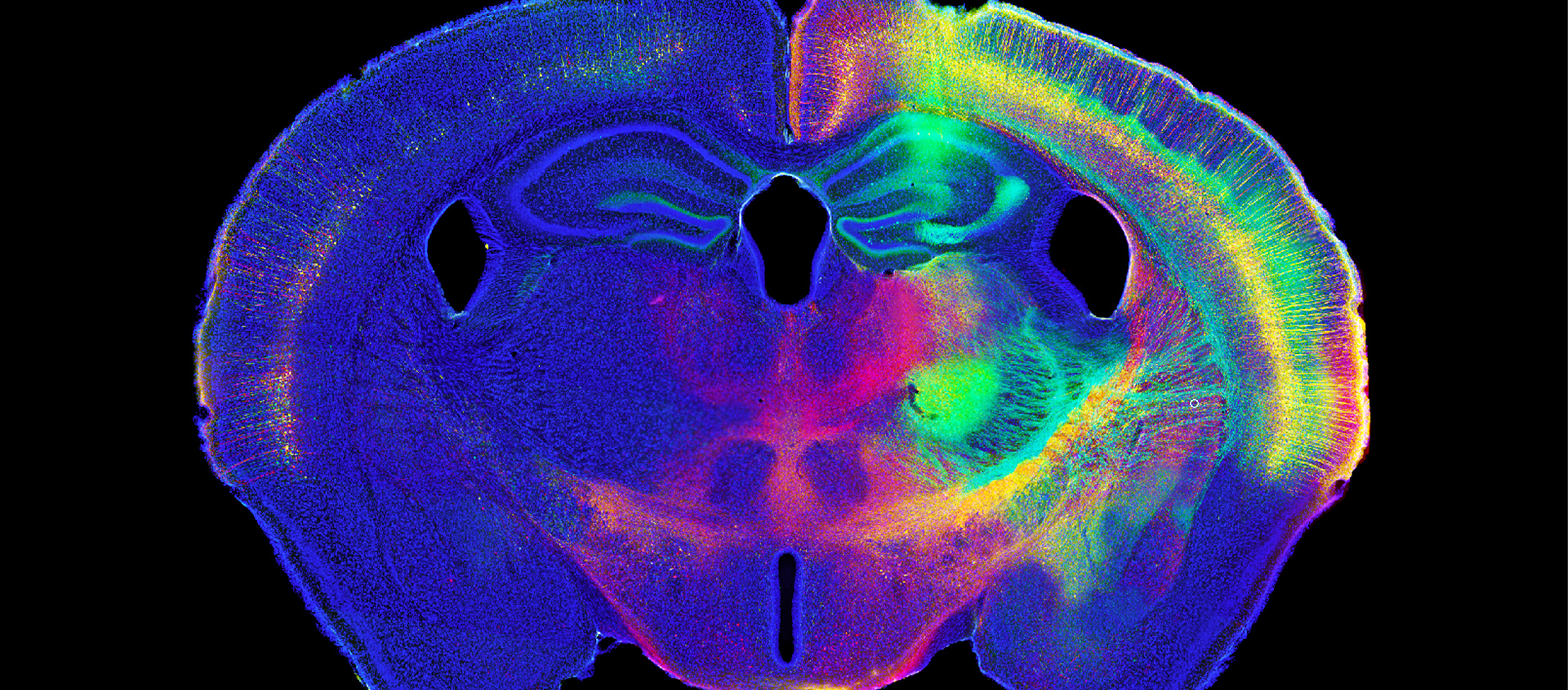People with Alzheimer's disease suffer from severe memory loss and often have problems focusing, reasoning, and communicating. About half of all Alzheimer's patients also experience delusions and hallucinations, this is called Alzheimer's disease with psychosis, and scientists at the University of Pittsburgh are learning more about this severe version of the disease. In a recent study, researchers at Dr. Robert Sweet's lab zeroed in on a...
Read More
MBF Bioscience Blog
A baby laughs at an elephant at the zoo. A toddler runs across a beach. Small children make memories all the time, but how many will they recall as the years pass? Maybe none at all. The phenomenon is called “infantile amnesia,” and scientists may have pinpointed a reason for why it occurs – neurogenesis. Researchers at the Hospital for Sick Children in Toronto say that...
Read MoreAfter an initial spinal cord injury, a cascading series of secondary events continues to do damage to the nervous system. One particularly damaging event is the death of oligodendrocytes—neuroglial cells that help protect and support the central nervous system. Scientists are learning more about the mechanisms involved in this process in the hope that their research may lead to the development of new therapeutic treatments...
Read MoreResearchers have identified two strains of mutant C. elegans that lose the majority of their dopaminergic neurons in adulthood, a characteristic of neurodegenerative diseases such as Parkinson's disease and Alzheimer's disease. The two strains of mutant C. elegans (ot337 and ot477) showed normal development of dopaminergic neurons, however these neurons began to progressively decline in adulthood; and the deterioration was not an occurrence of the normal aging process, the authors say in...
Read MoreThe deepest parts of the ocean are dark. For marine animals living one thousand feet below sea level and lower, the absence of light makes it challenging to find food, attract a mate, and identify predators. Some animals make their own light through a process called bioluminescence. Others have adapted in ways that help them detect light in an environment beyond the reach of the sun's...
Read MoreWe are happy to announce that Biolucida, our learning management software, is now hosting the Iowa Virtual Slidebox. This vast repository of digitized tissue specimens is open to the public and is free of charge. Virtual slides in this collection are used by educators around the world to teach histopathology and histology. “Educators and students will now have easier and quicker access to virtual slides from...
Read MoreThe human brain undergoes extraordinary development in utero, with major growth continuing throughout childhood, especially during the first year. Scientists know a lot about how the neurons and circuits of the human brain develop in infancy, but a lack of specific knowledge about key elements has left doctors mystified by certain childhood disorders like SIDS and autism. Neuroscientists at Ludwig-Maximillians-University of Munich have made new revelations...
Read MoreWith some exceptions, humans and animals prefer to live in an environment free of filth. We clean our bodies and our homes so we can live healthy and productive lives. It turns out, the brain does too. Researchers at the University of Rochester discovered that the brain cleans itself during sleep—explaining one of the major reasons we partake in a nightly ritual that has mystified scientists...
Read MoreScientists discovered that inactivity makes brain cells grow, but not in a good way. In a study published in the Journal of Comparative Neurology, researchers found more neuronal branching in sedentary rats compared to active rats. The growth occurred in a region of the brain that controls blood pressure, leading the scientists to hypothesize that these changes may be part of the reason inactivity is...
Read More[caption id="attachment_5226" align="aligncenter" width="584"] Mice with the NHE6 gene mutation show less dendritic branching. Using Neurolucida, researchers traced a GFP-labeled neuron reconstructed with confocal z stacks in a wild type mouse (left) and a mouse with a mutant NHE6 gene (right). Image courtesy of first author Qing Ouyang, PhD, Alpert Medical School, Brown University.[/caption] Children with the neurogenetic disorder Christianson Syndrome experience delays in language and...
Read More










